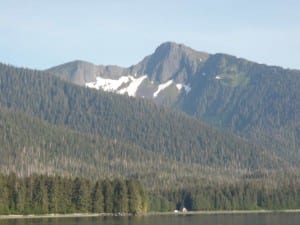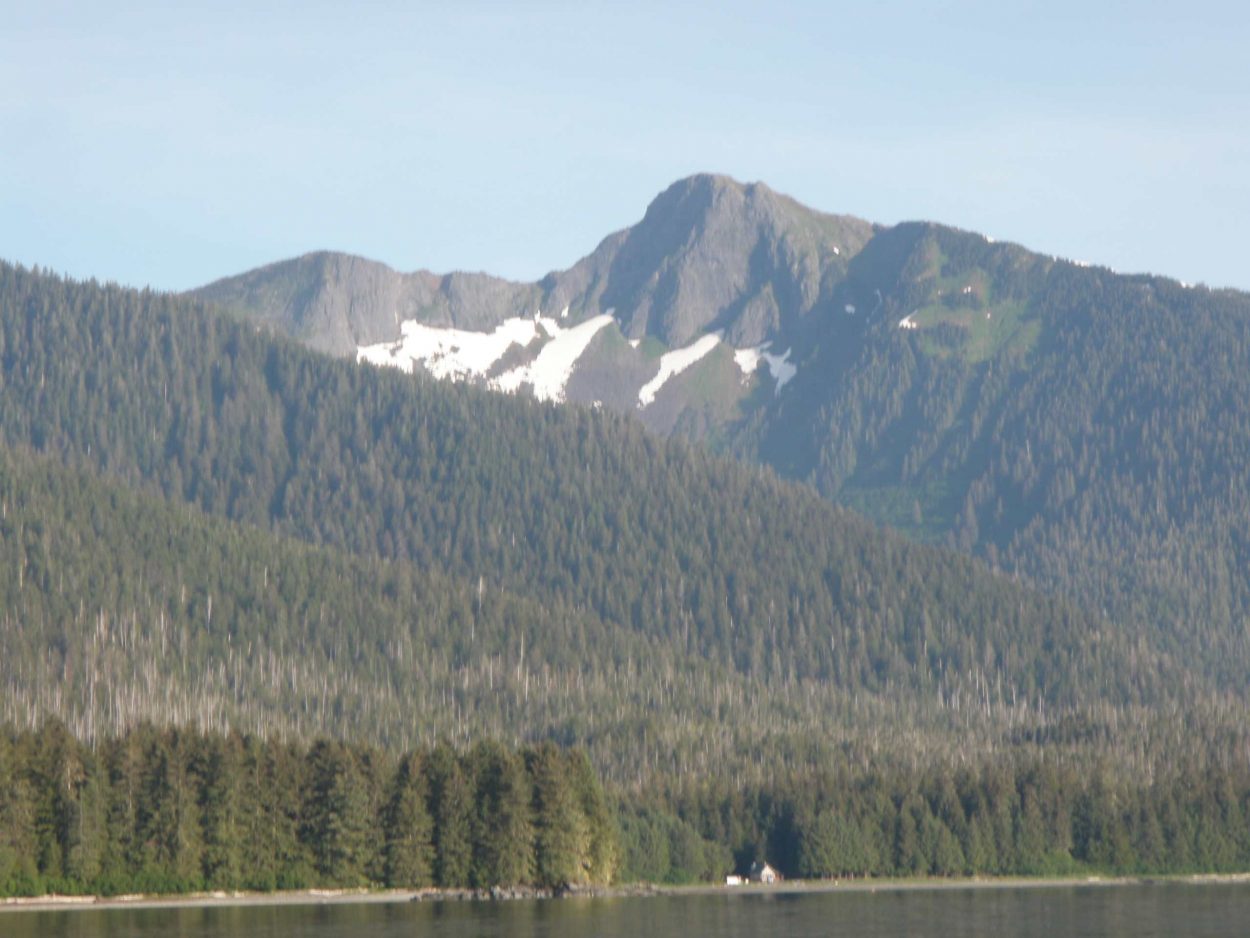Conservation groups are asking for endangered species protection for yellow cedar trees in Alaska. The trees have been dying off in portions of Southeast over the past century and scientists say it’s likely due to a warming climate and lack of snow cover for vulnerable roots. The groups say logging also poses a threat to the cedar trees on the Tongass National Forest.
25CEDARSweb
Kiersten Lippmann is a biologist with The Center for Biological Diversity, one of the groups petitioning for a listing for yellow cedars under the Endangered Species Act. She said the cedar decline in Southeast Alaska has been drastic. “The reason we’re doing this now is we’re seeing, especially in Alaska, the timber industry is targeting the remaining living cedar. It’s kind of like when the buffalo were dying out, people would go out and hunt the last buffalo because it was their last chance to get them. So they’re going out and killing the ones that are actually still doing OK which is a huge problem for the long-term survival of the species. So if we can get them protected now, it’s really important at this stage in the game, especially with major timber sales planned for a few areas in the Tongass.”
Other petitioners are the Boat Company, Greenpeace and the Greater Southeast Alaska Conservation Community. They cite research done by scientists at the U.S. Forest Service’s Pacific Northwest Research Station documenting over half a million acres of yellow cedar decline in Southeast. Scientists say over 70 percent of cedars in those areas are dead, mostly on low elevation areas with wet soils with poor drainage.

The die off started around 1890 and scientists say it’s because yellow cedar roots are more susceptible than other trees to cold and deep freezing in the soil. Snow cover insulates the ground and can keep soil temperatures above freezing. Scientists have also studied whether the trees could survive if transplanted further north and tested for genetic resistance to deer browsing and freezing injuries.
Lippmann doesn’t think a northward move for the species is realistic. “It would be nice if the trees could move north but there’s a limit to that. They’re specialists. They survive on, they’re not very competitive with other tree species. They need a certain kind of soil, certain nutrients in the soil and climate change isn’t going away any time soon and climate change is projected to spread north as well, quite rapidly so the potential for a long lived tree like yellow cedar to actually move is really low. We don’t see it happen very often.”
Yellow cedar can live over a thousand years. They’re highly valued as a building material and for carving because of a natural resistance to rot. Forest Service scientists also say the dead trees are good for up to 30 years and would be a valuable resource for salvage logging that could shift timber harvest away from live trees.
There’s only one plant in Alaska on the endangered species list – that’s the Aleutian shield fern, which is found on Adak Island. U.S. Fish and Wildlife Service’s spokesperson Andrea Medeiros said her agency will consider this petition for yellow cedars. “The service is gonna look at the petition and any information that’s been submitted with it and over the next several weeks, we’ll look at that information and determine whether the information is significant enough for us that would warrant us to consider the petition further consider the species for further consideration.”
The agency’s initial finding of whether to review a species status further is supposed to take 90 days, but that can be much longer than that. A similar initial decision on Southeast Alaska wolves was issued this spring more than two years after the petition was filed.











